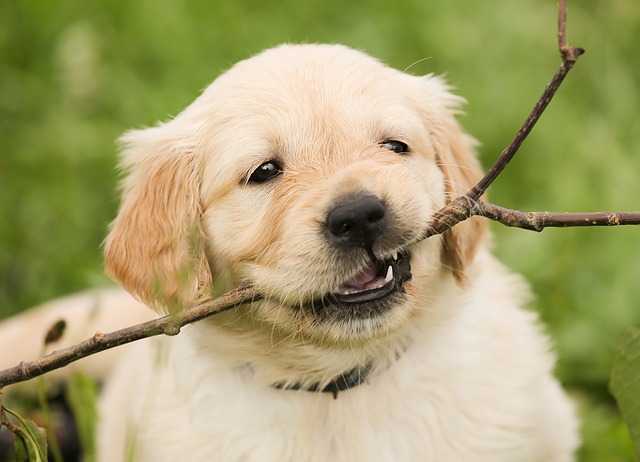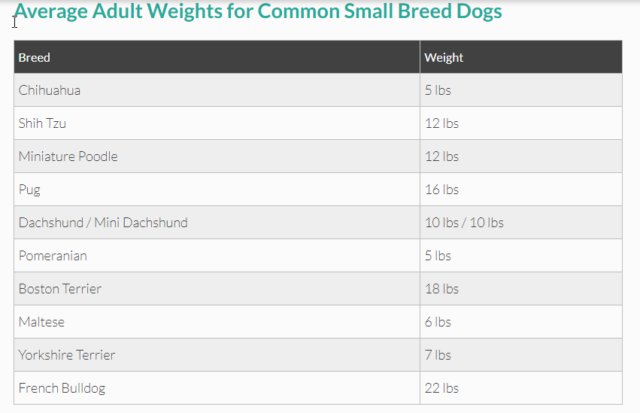
Bringing a new puppy home means endless cuddles, romping and playing around, sloppy kisses, and sweet puppy breath.
They bring so much excitement and happiness into our lives, and we want to provide the best care for these bundles of joy. Making sure your puppy is happy and healthy starts with understanding proper nutrition right from the start. This is a vital component to raising a puppy that will become a healthy, happy, and energetic adult dog. To get more information on what it takes, we consulted with Dr. Justin Shmalberg, DVM, the board-certified veterinary nutritionist at NomNomNow to get the scoop on proper puppy nutrition.

Importance of Proper Puppy Nutrition
Providing your puppy with the appropriate quantity and mix of nutrients ensures they develop in the healthiest possible way. Just as with human babies, puppies change inside and out at a very fast pace during their early years. What you feed your puppy can support, or hinder, their physical and mental development.
“Brain, organ, and bone development occurs rapidly in puppies and sets up the foundation for normal function and health throughout a dog’s life.”
“Too little nutrients can cause deficiencies, but if a puppy gets too much of certain nutrients, that can cause lifelong complications.” says Shmalberg.
Essential nutrients, such as DHA and calcium, are critical to proper development in puppies, and have been show to have positive impacts on a dog’s health. DHA, which is a long-chain fatty acid found in fish oil, is a great example of how these specific nutrients can have a lasting, positive effect. DHA has shown to support healthy brain development, which can improve learning and memory in dogs.
Calcium is an essential vitamin for bone development; however, it is important for pet parents to not give too much of this particular nutrient. “If a large breed dog gets too much calcium, it can can abnormal bone growth and lead to expensive and painful problems in the future,” says Shmalberg.

Feeding a Puppy Based on Weight
Now that we know how important having the proper nutrients in our dog’s food is, how do we know how much to feed our puppies? This can be especially confusing during the first few years of your dog’s life as feeding guidelines on your dog’s food packaging are almost always presented by weight. With your puppy consistently growing and changing by the day, does that mean you have to constantly increase the amount of food they eat? Not so, says Dr. Shmalberg.
“To promote normal growth, most puppies need to be fed the same number of calories, and food, from about 4 months of age to 12 months of age,” he says. “Even though they’re getting bigger, they use fewer calories for growth as they age, which takes a lot of energy.”
Dr. Shmalberg and NomNomNow recommend using two factors to determine how much to feed your puppy: estimated adult weight and body condition.
To determine estimated adult weight, the best predictor is the size of the same sex parent, which is not available for most adopted dogs, but NomNomNow put together a handy chart of estimated weights for common breeds that may help. If you don’t see your dog’s breed in the charts below or you’re not sure, ask your vet to give you an estimate based on your dog’s current age and possible breed mix.
Once you know your puppy’s approximate adult weight, that weight can be used to estimate the number of calories they will need on a daily basis. You can then reference NomNomNow’s comprehensive chart of estimated adult weights and advised calories for puppies at the end of this article.


In looking at body condition, the basic idea is that you increase or decrease the amount of food based on whether your puppy appears under or overweight. The graphic below is a great tool to evaluate your puppy’s body condition score, and if you have any questions, follow up with your vet.

Feeding Schedules for Puppies
Puppies grow at an incredibly quick pace in early life. Growth slows down later in puppyhood and finally stops altogether as the puppy reaches adulthood. The dynamic nature of the growth rates makes it tricky to know how often you should feed your puppy. With the help of NomNomNow, we can share some specific feeding schedules based on your puppy’s age.
The First 3 Months
Puppies up to 3 months old are pretty good about regulating food intake on their own. They are used to going to mom or bottle for milk as needed and as they transition to solid foods, they keep the same routine. When they are hungry, they eat and when they are full, they stop.
During this period for your puppy, it’s fine to leave a bowl of food out for them to graze throughout the day. If you prefer to get your puppy accustomed to a feeding routine, try putting out food around 4 times a day to during this early, quick growth time.
4-6 Months Old
At around 4-6 months old, your puppy will turn into a little piggy at this stage in their life. It’s important to monitor your puppy’s body condition during these months to avoid overfeeding and the potential to become overweight. During this time, your puppy will need to eat 3 times daily around 4 months of age, and by the time they’re 6 months old, you can start feeding twice a day.

6-12 Months Old
Once your puppy reaches 6-12 months of age, you can start incorporating a twice a day feeding schedule through adulthood. In general, smaller dogs will finish their growth cycle earlier than larger breeds, which is something to keep in mind when transitioning to a different feeding schedule.
For example, a Pomeranian may be fully grown around 6 months of age while a Labrador will continue growing after 12 months, and giant breeds, like Great Danes, generally grow until they are 2 years old or so. For larger breed dogs, you will want to start feeding food with controlled amounts of calcium which can be found in large breed puppy food or food that is suitable for all life stages.
12-18 Months Old
Except for giant breed exceptions, most dogs are adults by the time they reach 18 months old. At around this time, you should be used to feeding your puppy twice a day and switching them to an adult dog food diet. Puppies are so energetic when they are younger, but as they reach adulthood, they may take fewer laps around the yard in favor of longer naps. Keep an eye on your dog’s body condition at this time and prepare to adjust food portions based on your dog’s activity level.
“If you’re feeding an ‘all life stages’ food, there’s no need to change it—just make sure you’re paying attention to portion control,” says Shmalberg.

Calorie Content of Kibble versus Fresh Food
With so many dog food options out there on the market, it’s important to understand that not all calories are created equal. The caloric density of food varies widely, and ingredient quality, nutrients amount, and the cooking process of food can all impact the number of calories in a bowl of dog food. One cup of kibble versus one cup of fresh food has large variations in the number of calories available. In general, fresh foods that are gently cooked and made with high-quality ingredients will have more nutrients per calorie than a bowl of kibble that has been processed from lower-quality ingredients.
So what does this mean for your puppy?
Generally speaking, fresh dog food is much more digestible than processed kibble, or even processed wet food, because of the ingredients it is made with. When your puppy eats fresh dog food, they can get more energy and nutrients from a smaller portion or caloric count of food.
“Some foods may be more digestible than others and have calories which are more accessible because they’re broken down better during digestion,” explains Shmalberg. “Both fresh and kibble foods vary widely in ingredients and in fiber content,” he says, “but cooked foods are likely more digestible.”

A Fresh Food Diet for Every Stage of Your Pup’s Life
Dog families who make the switch from conventional dry and wet dog foods to a fresh diet tend to report many positive differences in their puppies. These include a shinier coat that produces less shed, smaller and firmer stools, excitement at meal times with a healthy appetite, and a perceived boost in general well being. This is likely due to the puppy’s body being able to better absorb and use the nutrients contained in fresh, kitchen-cooked food.
NomNomNow expertly designs and portions your puppy’s food, carefully controlling nutrients and calories through every phase of her puppyhood and adult life. By regularly updating your puppy’s profile on the NomNomNow website, you can be assured that every meal your puppy eats will be just the right mix to bring her into a healthy and happy adulthood. Start today and receive 50% off your first order.
The post How Much and How Often to Feed Your Puppy appeared first on iHeartDogs.com.
from iHeartDogs.com https://ift.tt/2ODh6D3 https://ift.tt/2LD5rUM

No comments:
Post a Comment